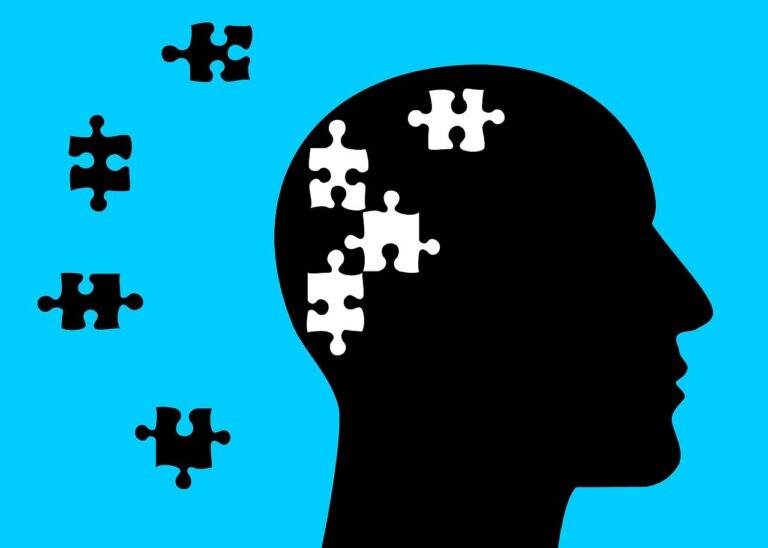Advancements in Neuroprosthetics for Paralysis: Restoring Movement with Brain-Computer Interfaces
Neuroprosthetics technology has been advancing rapidly in recent years, with innovative breakthroughs revolutionizing the field. One such breakthrough involves the development of more sophisticated prosthetic limbs that are capable of simulating natural movements with greater precision. These advancements have greatly improved the quality of life for individuals with limb loss, as they now have access to prosthetics that offer enhanced functionality and mobility.
Another significant breakthrough in neuroprosthetics is the integration of brain-computer interfaces (BCIs) into prosthetic devices. BCIs allow direct communication between the brain and external devices, enabling individuals to control their prosthetic limbs using their thoughts. This groundbreaking technology has opened up new possibilities for those with paralysis or spinal cord injuries, as it offers a more intuitive and natural way to interact with their prosthetics.
Understanding the Science Behind Brain-Computer Interfaces
Brain-computer interfaces (BCIs) have revolutionized the way we interact with technology by bridging the gap between the human brain and external devices. These cutting-edge systems function by translating brain activity into signals that can control computers or prosthetic devices without the need for traditional input methods such as keyboards or mice. The science behind BCIs lies in the ability to interpret neural signals and decode them into actionable commands, allowing individuals to communicate and interact with the world in novel ways.
At the core of brain-computer interfaces is the process of signal acquisition, where electrodes are used to detect neural activity from the brain. This raw electrical data is then processed through sophisticated algorithms that decipher patterns and translate them into specific actions. By understanding the intricate relationship between brain signals and intended movements or commands, researchers have been able to develop BCIs that enable individuals to type, move objects, or control robotic limbs solely through their thoughts.
Challenges Faced in Implementing Neuroprosthetics for Paralysis
Developing neuroprosthetics for paralysis faces several challenges, one of which is the complexity of the brain’s neural network. The intricate interplay of neurons and their connections makes it difficult to precisely decode and interpret signals for controlling prosthetic devices. This complexity often results in limited accuracy and functionality, hindering the seamless integration of neuroprosthetics into the daily lives of individuals with paralysis.
Another challenge lies in achieving long-term stability and reliability of neuroprosthetic devices. Issues such as signal degradation over time, device malfunction, and the need for frequent recalibration pose significant obstacles in sustaining the effectiveness of neuroprosthetics for paralysis. Ensuring the durability and consistency of these devices is crucial for enhancing user experience and maximizing the potential benefits that neuroprosthetics can offer to individuals with paralysis.
What are some major breakthroughs in neuroprosthetics technology?
Major breakthroughs in neuroprosthetics technology include advancements in brain-computer interfaces, neural stimulation techniques, and implantable devices for restoring movement and sensation in paralyzed individuals.
How do brain-computer interfaces work in neuroprosthetics?
Brain-computer interfaces (BCIs) allow for direct communication between the brain and external devices, such as prosthetic limbs or computer systems. They can interpret neural signals to control movements or perform tasks.
What are some challenges faced in implementing neuroprosthetics for paralysis?
Some challenges in implementing neuroprosthetics for paralysis include the need for improved signal processing algorithms, long-term durability of implants, overcoming tissue rejection, and ensuring seamless integration with the body’s natural movements.
How can neuroprosthetics help individuals with paralysis?
Neuroprosthetics can help individuals with paralysis regain mobility, independence, and quality of life by restoring lost motor function through the use of implanted devices that interface directly with the nervous system.
What is the future outlook for neuroprosthetics technology?
The future outlook for neuroprosthetics technology is promising, with ongoing research and development focused on improving the efficacy, safety, and accessibility of these devices for individuals with paralysis.







